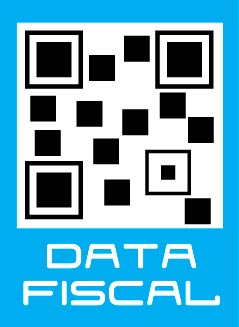-Titulo Original : The Cosmic Landscape String Theory And The Illusion Of Intelligent Design
-Fabricante :
Back Bay Books
-Descripcion Original:
In his first book ever, the father of string theory reinvents the worlds concept of the known universe and mans unique place within it. Line drawings. From Publishers Weekly Starred Review. As modern physics has developed a better understanding of how the universe operates at its most fundamental levels, one thing has become increasingly clear: were damned lucky to be here at all. The laws of physics are precariously balanced, and were the value of one constant slightly different, life as we know it wouldnt exist. To explain the ridiculous improbability of it all, some physicists have turned to the Anthropic Principle: the universe seems perfectly tailored to us because if it werent, we wouldnt be here to observe it. The underlying rationale for this argument involves the landscape of potential laws of physics (which, it turns out, arent so immutable after all), a whole bunch of extra dimensions and lots of particle physics. Luckily, Susskinda the father of string theorya does the job right, guiding readers through the current controversy over the Anthropic Principle. Make no mistake: this is the cutting edge of physics as described by one of the sharpest scientific minds around. While the subtitle is a bit misleading (this isnt about intelligent design in the Kansas Board of Education sense, but actually a controversy at once bigger and less prominent), persistent readers will finish this book understanding and caring about contemporary physics in ways both unexpected and gratifying. (Dec. 12) Copyright © Reed Business Information, a division of Reed Elsevier Inc. All rights reserved. About the Author Leonard Susskind has been the Felix Bloch Professor in theoretical physics at Stanford University since 1978. The author of The Cosmic Landscape, he is a member of the National Academy of Science and the American Academy of Arts and Sciences, and the recipient of numerous prizes including the science writing prize of the American Institute of Physics for his Scientific American article on black holes. He lives in Palo Alto, California.
-Fabricante :
Back Bay Books
-Descripcion Original:
In his first book ever, the father of string theory reinvents the worlds concept of the known universe and mans unique place within it. Line drawings. From Publishers Weekly Starred Review. As modern physics has developed a better understanding of how the universe operates at its most fundamental levels, one thing has become increasingly clear: were damned lucky to be here at all. The laws of physics are precariously balanced, and were the value of one constant slightly different, life as we know it wouldnt exist. To explain the ridiculous improbability of it all, some physicists have turned to the Anthropic Principle: the universe seems perfectly tailored to us because if it werent, we wouldnt be here to observe it. The underlying rationale for this argument involves the landscape of potential laws of physics (which, it turns out, arent so immutable after all), a whole bunch of extra dimensions and lots of particle physics. Luckily, Susskinda the father of string theorya does the job right, guiding readers through the current controversy over the Anthropic Principle. Make no mistake: this is the cutting edge of physics as described by one of the sharpest scientific minds around. While the subtitle is a bit misleading (this isnt about intelligent design in the Kansas Board of Education sense, but actually a controversy at once bigger and less prominent), persistent readers will finish this book understanding and caring about contemporary physics in ways both unexpected and gratifying. (Dec. 12) Copyright © Reed Business Information, a division of Reed Elsevier Inc. All rights reserved. About the Author Leonard Susskind has been the Felix Bloch Professor in theoretical physics at Stanford University since 1978. The author of The Cosmic Landscape, he is a member of the National Academy of Science and the American Academy of Arts and Sciences, and the recipient of numerous prizes including the science writing prize of the American Institute of Physics for his Scientific American article on black holes. He lives in Palo Alto, California.















